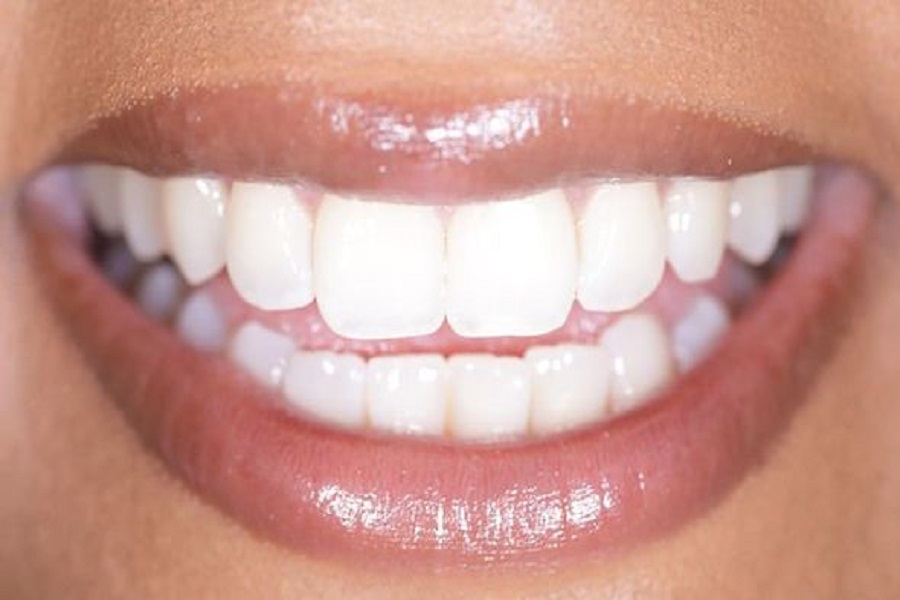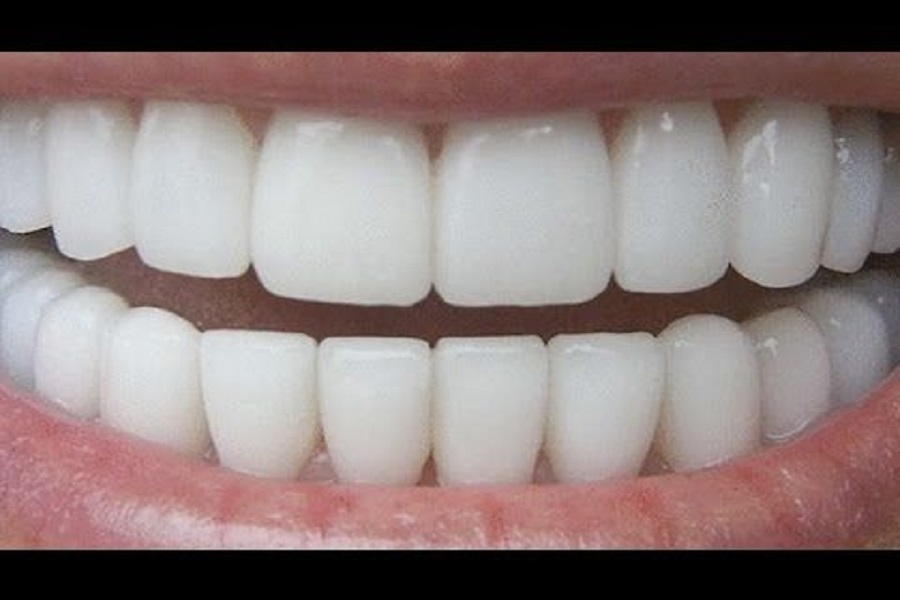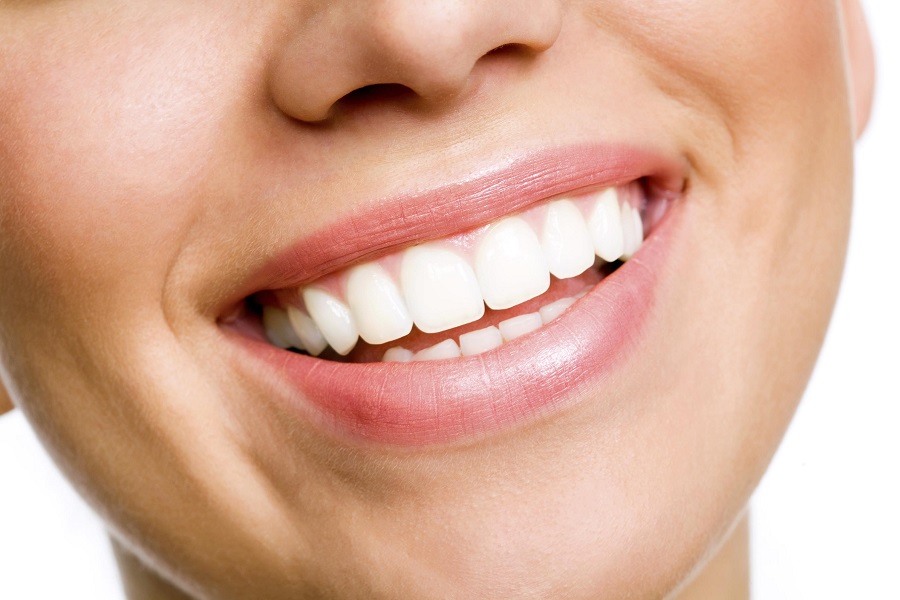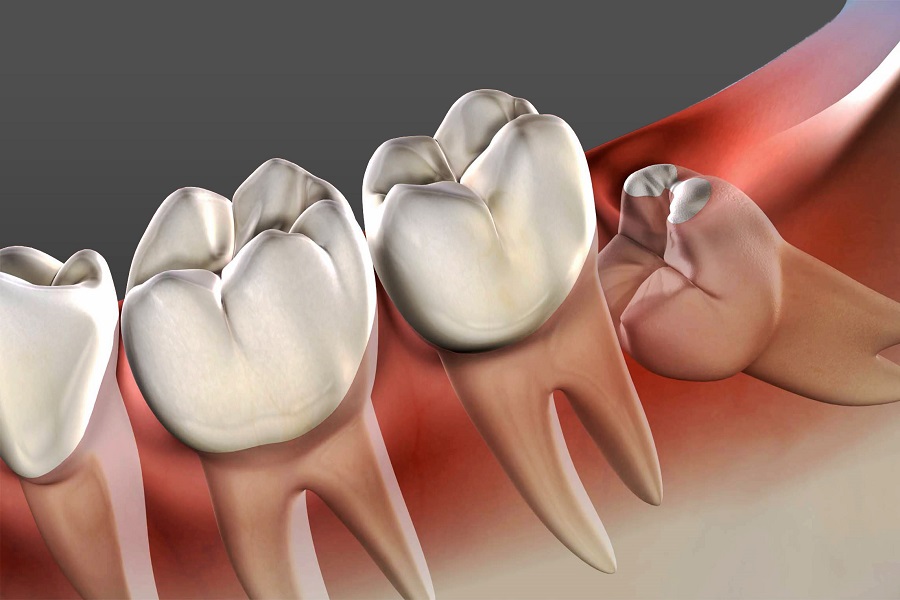In daily life, many people’s teeth are not white, but have various unhealthy colors. So what are the common causes of abnormal tooth coloration?
Generally speaking, there are several reasons for abnormal tooth coloration:
(1) Tetracycline teeth: Children before the age of 7-8 years old, if they often take tetracycline, chlortetracycline, oxytetracycline and other drugs, may cause tetracycline teeth, and those with severe symptoms may also have tooth hard tissue defects.
Treatment method: Tetracycline teeth cannot be treated by decolorization and bleaching, but can be treated with acid-etched composite resin.
(2) Dental fluorosis: If a person lives in an area with high fluoride content in drinking water for a long time from birth to 7 years old, dental fluorosis may occur. Dental fluorosis appears as yellow-brown or dark-brown plaques.
(3) Smoke spots: People who are addicted to smoking for a long time often have melanin pigmentation on their teeth. This is a kind of smoke particle, which is tightly adhered to the surface of the teeth. It is difficult to brush it off by brushing. It is necessary to go to the hospital to ask a professional to remove and polish the tooth surface. This is “cleaning”.
(4) Dead pulp teeth: After pulp necrosis caused by pulp disease, the teeth will gradually lose their former brilliance and become gray. Sometimes restorative materials, such as improper root canal treatment with red gutta-percha, metal repairs for too thin teeth, etc., can also aggravate the degree of teeth. Tooth discoloration is caused by 2 reasons. One is that the dentin is affected by certain elements as endogenous yellow teeth, such as dental fluorosis, tetracycline teeth, etc. In the past, during tooth development, these elements chelated with the old layer of hydroxyapatite in the dentin, giving a uniform or striped yellow-gray color, which cannot be whitened. Bleaching by various methods also turns the surface white and is not durable, and returns to its original color shortly after bleaching. The other is that the food coloring is attached to the tooth surface, which is yellow or gray, such as the smoke from smoking, the coloring of coffee and tea is yellow-gray attached to the surface, which is an exogenous yellow tooth. This kind of tooth is treated with scaling. Scaling removes contaminants and restores teeth to white.






























